- You are here:
- Home /
- Products /
- Alloy Steel /
- Superalloys /
GH2132 High-Temperature Alloy Bar
A precipitation-hardened Fe-Ni-Cr-based superalloy bar for extreme temperature applications (-253°C to 650°C).
- High Strength: Excellent yield strength and creep resistance below 650°C.
- Processability: Good machining plasticity and weldability.
- Corrosion Resistance: Stable performance in oxidative/corrosive environments.
- Long-Term Stability: Minimal phase degradation after prolonged high-temperature exposure.
Chemical Composition (wt%)
Element | C | Si | Mn | P | S | Cr | Ni | Mo | Ti | Al | V | B | Fe |
Range | ≤0.08 | ≤1.0 | ≤2.0 | ≤0.03 | ≤0.02 | 13.5–16.0 | 24.0–27.0 | 1.0–1.5 | 1.75–2.35 | ≤0.4 | 0.1–0.5 | 0.001–0.01 | Bal. |
Surface Treatment
- Cold-Drawn Bars: Polished to Ra≤0.8μm, oil-free finish.
- Hot-Rolled Bars: Shot-blasted or pickled to remove scale (ASTM B880 compliant).
- Anti-Corrosion Coating: Optional epoxy coating for maritime applications.
GH2132 alloy bar, a Fe-Ni-Cr-based precipitation-hardening superalloy, exhibits the following three key performance characteristics:
1. Excellent high-temperature strength and creep resistance: Under long-term service below 650°C, the bar maintains strengths of Rm ≥ 950 MPa and Rp0.2 ≥ 680 MPa through γ′ phase (Ni₃(Ti,Al)) aging strengthening and Mo solid solution strengthening, while exhibiting significantly lower creep rates than comparable alloys.
2. Excellent corrosion and oxidation resistance: A 13.5–16% Cr content forms a dense Cr₂O₃ protective film, which resists sulfiding environments (such as cyclic oxidation at 1100°C) and hot corrosion, extending component life.
3. Excellent processing and weldability: The bar can be formed through processes such as cold drawing and hot rolling, and exhibits stable weldability, making it suitable for the manufacture of complex structural components.
GH2132 alloy bars are widely used in high-temperature, load-bearing components in the aviation, energy, and petrochemical sectors:
1. Aircraft engines: Used in compressor discs, fasteners, and other components. Its high strength and fatigue performance below 650°C meet demanding operating conditions.
2. Gas turbines: Used in turbine discs and casing supports. Its creep resistance ensures long-term stability.
3. Petrochemical equipment: Used in furnace tubes and heat exchangers, its resistance to sulfidation corrosion surpasses that of conventional alloys.
Through optimized composition and process control (such as vacuum melting to reduce impurities), this alloy bar achieves a balance of strength, corrosion resistance, and processability, making it the material of choice for critical high-temperature components.
Why Choose Us ?
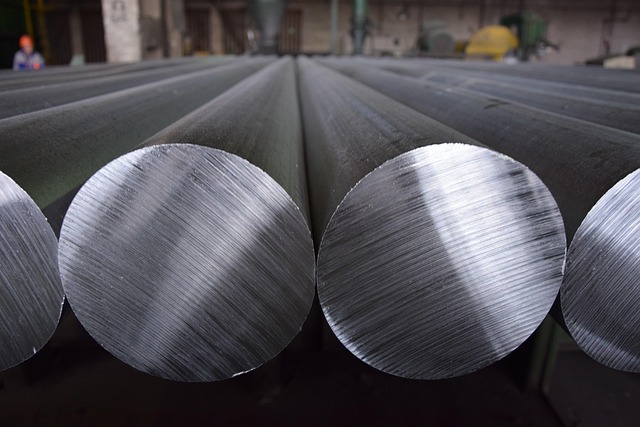
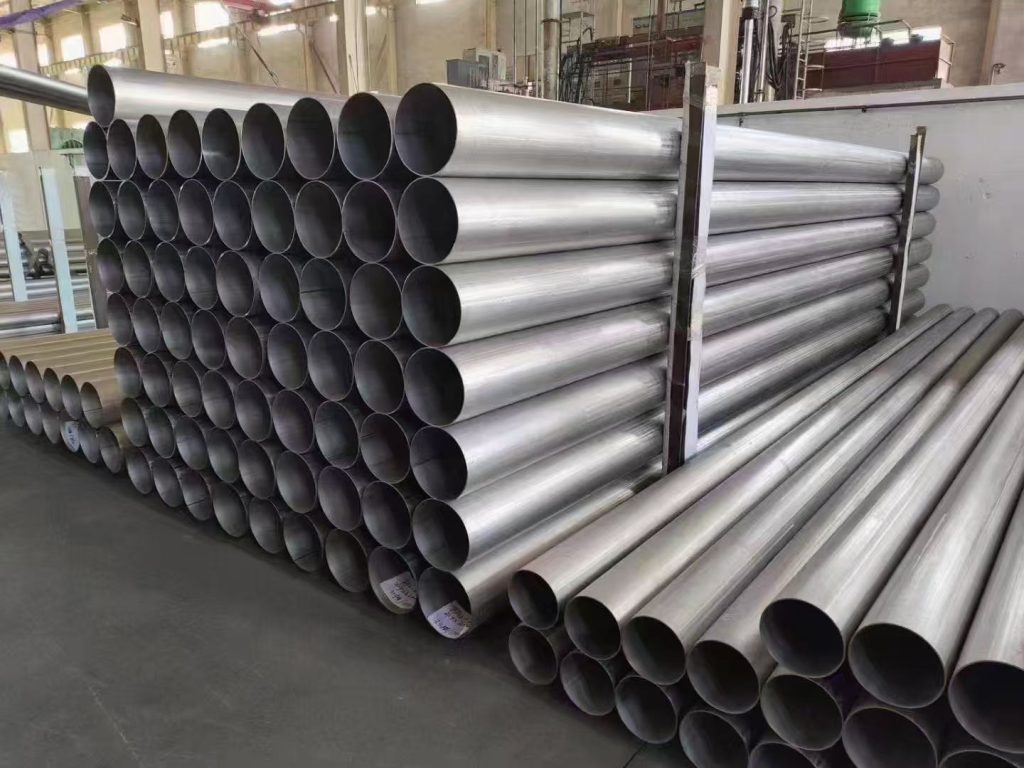
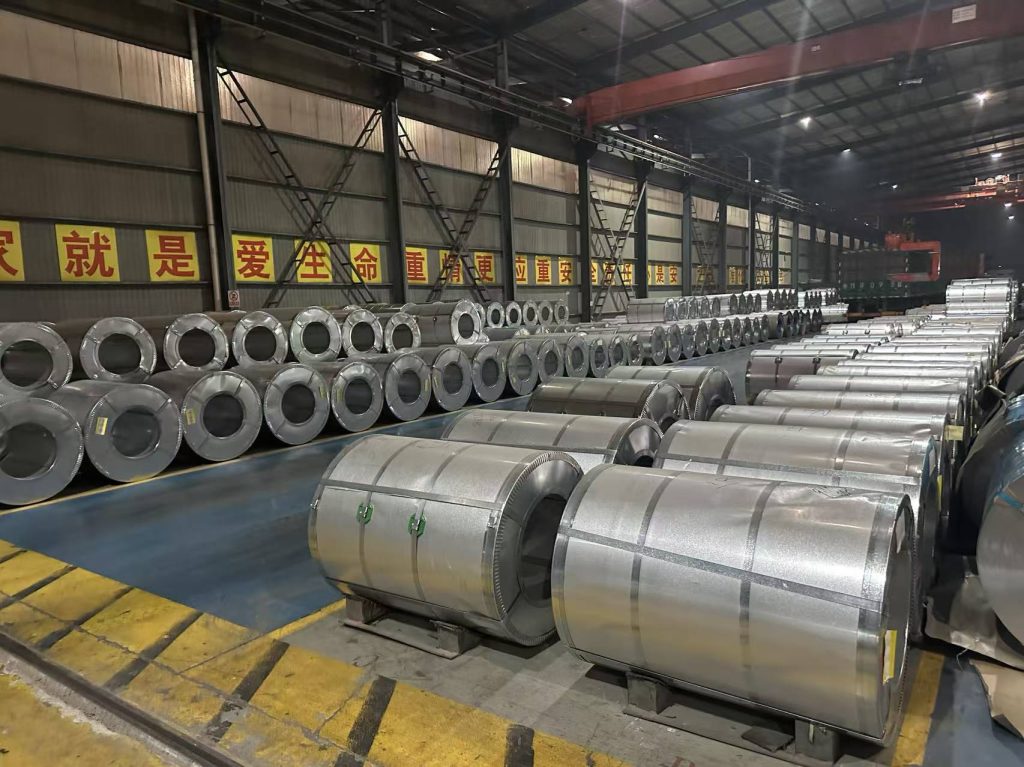
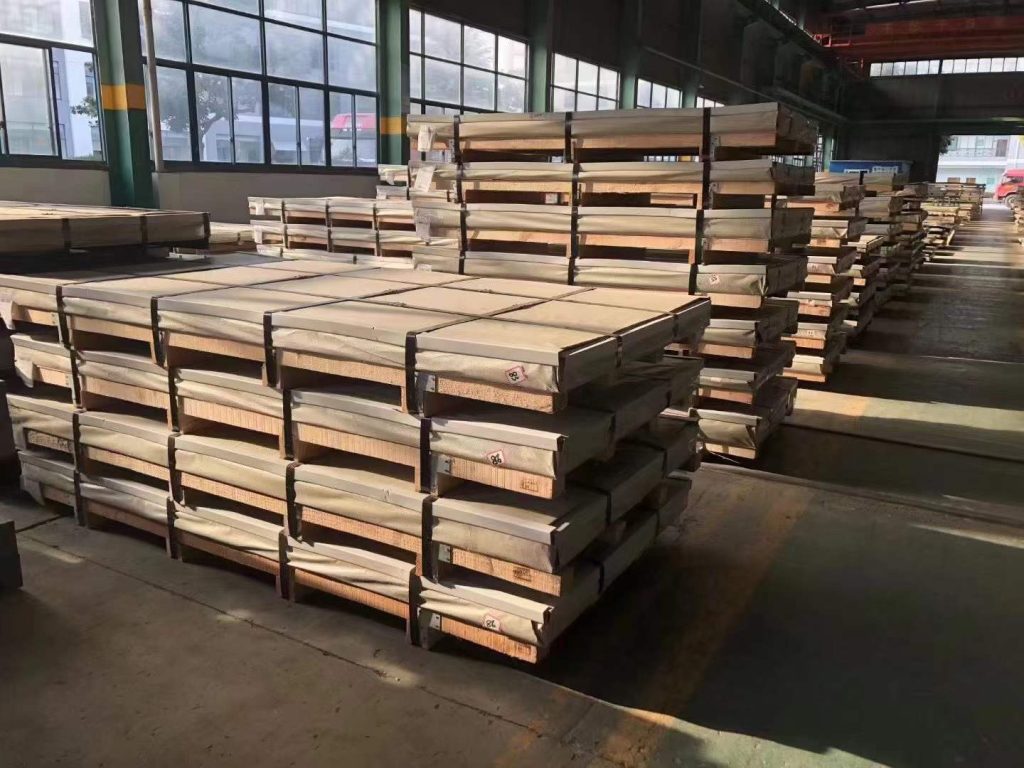
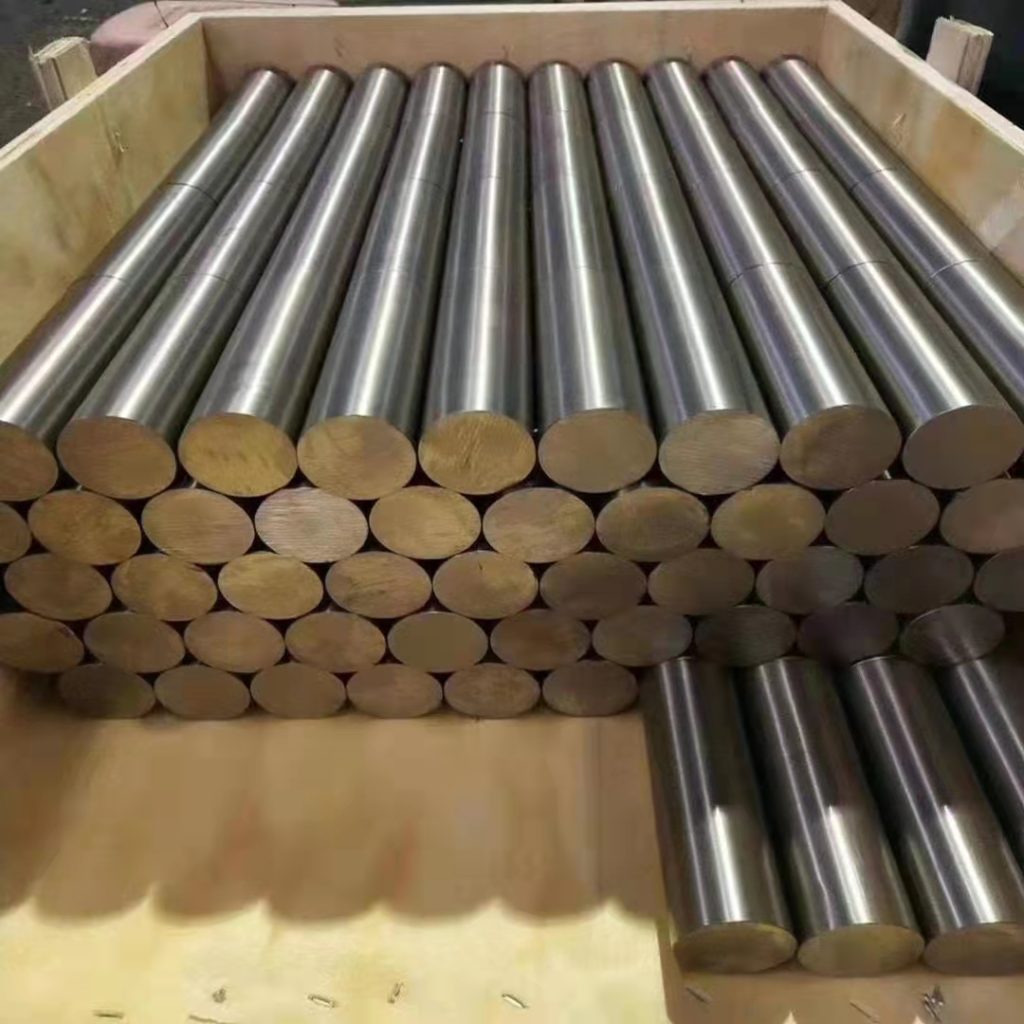
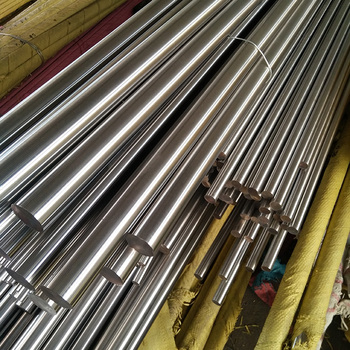
- Triple Melting Process: Vacuum induction + ESR + VAR for ultra-low impurities (S/P≤0.005%).
- Certified Quality: Compliant with GJB 3165, AMS 5731, and ASTM A638.
- Custom Sizes: Diameter Φ10–300mm, lengths up to 6m (tolerance: ±0.1mm).
Applications & Industries
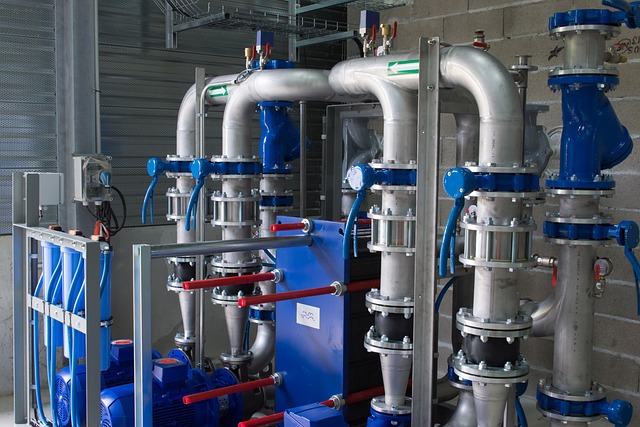
Aerospace:
High-power density actuators.
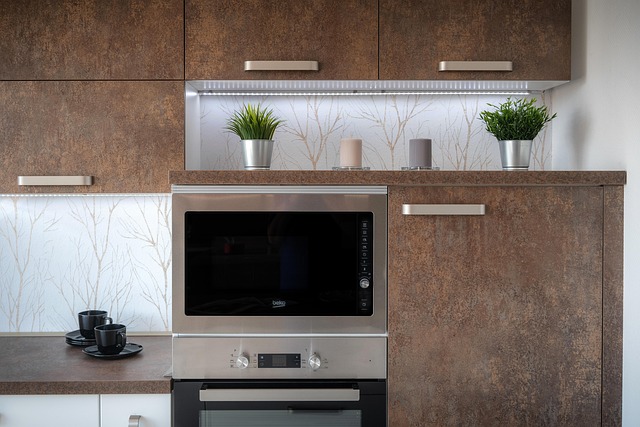
Electronics:
Precision sensors & MEMS components.
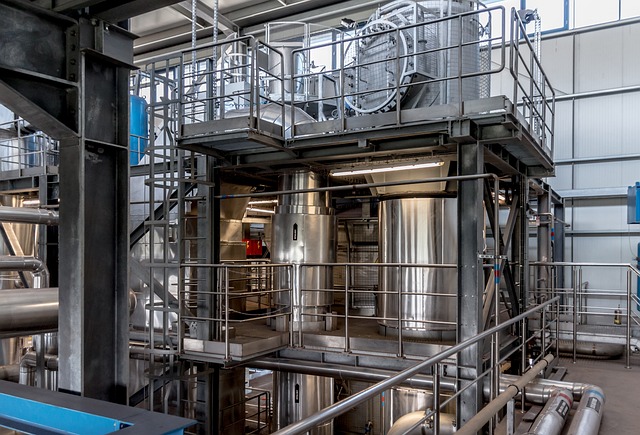
Energy:
Magnetic coupling devices for turbines.
Frequently Asked Questions
Q1: How to prevent cracking during welding?
A: Pre-heat to 150°C and use Ni-based filler wires (e.g., ERNiCr-3).
Q2: Heat treatment for optimal hardness?
A: Solution treat at 980°C/1h (AC) + age at 720°C/16h (AC), achieving HRC 28–32.
Q3: Lead time for custom sizes?
A: 15–30 days for diameters >100mm due to controlled forging cycles.
Q4: How to mitigate banded grain structure in cold-drawn bars?
A: Optimize cold drawing parameters and homogenization annealing to reduce elemental segregation.
Ready to source alloy steel from a trusted Chinese manufacturer?
Let us support your project with reliable quality, fast delivery, and expert service.
Get a quote today — we usually respond within 12 hours.

